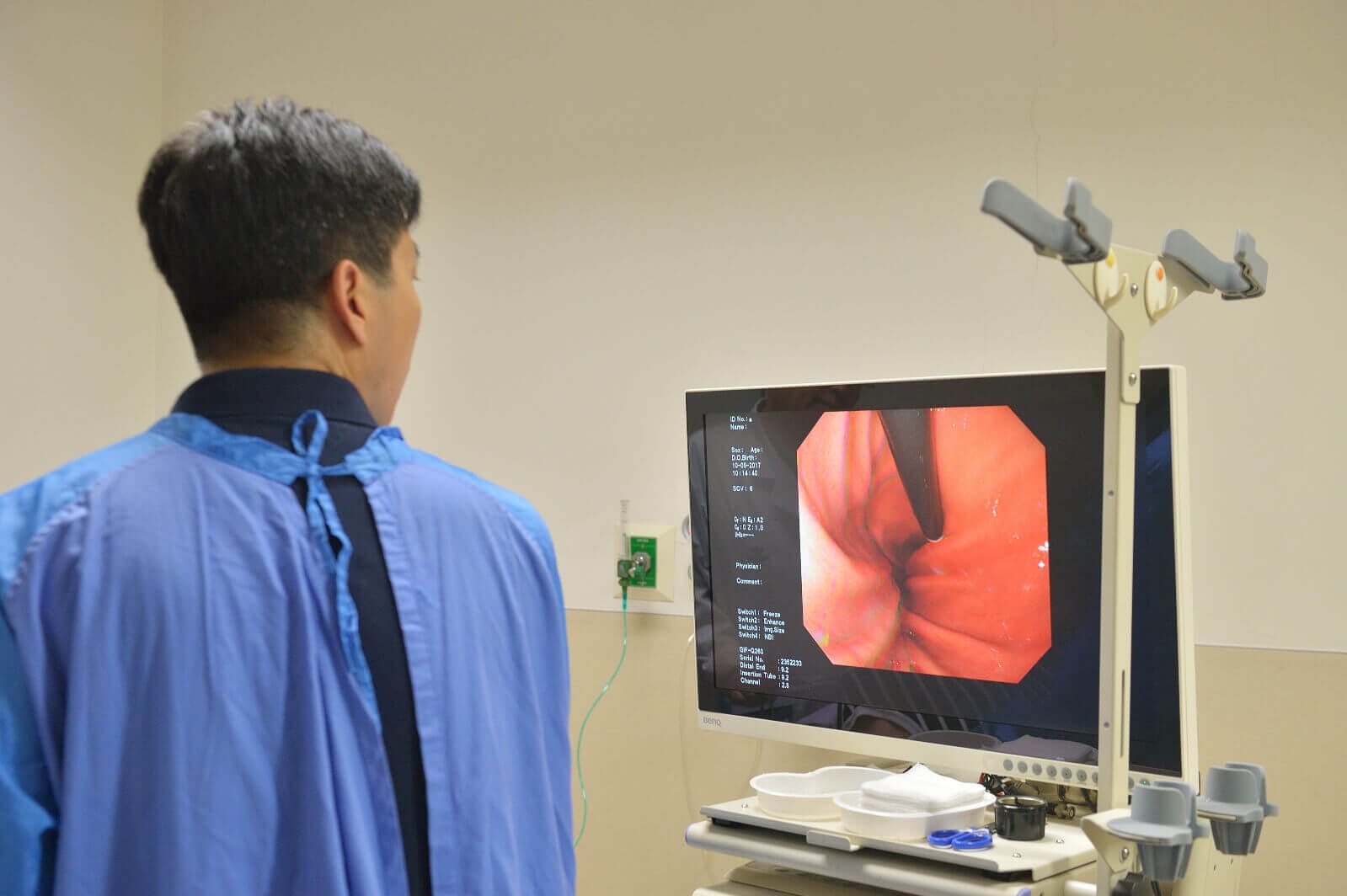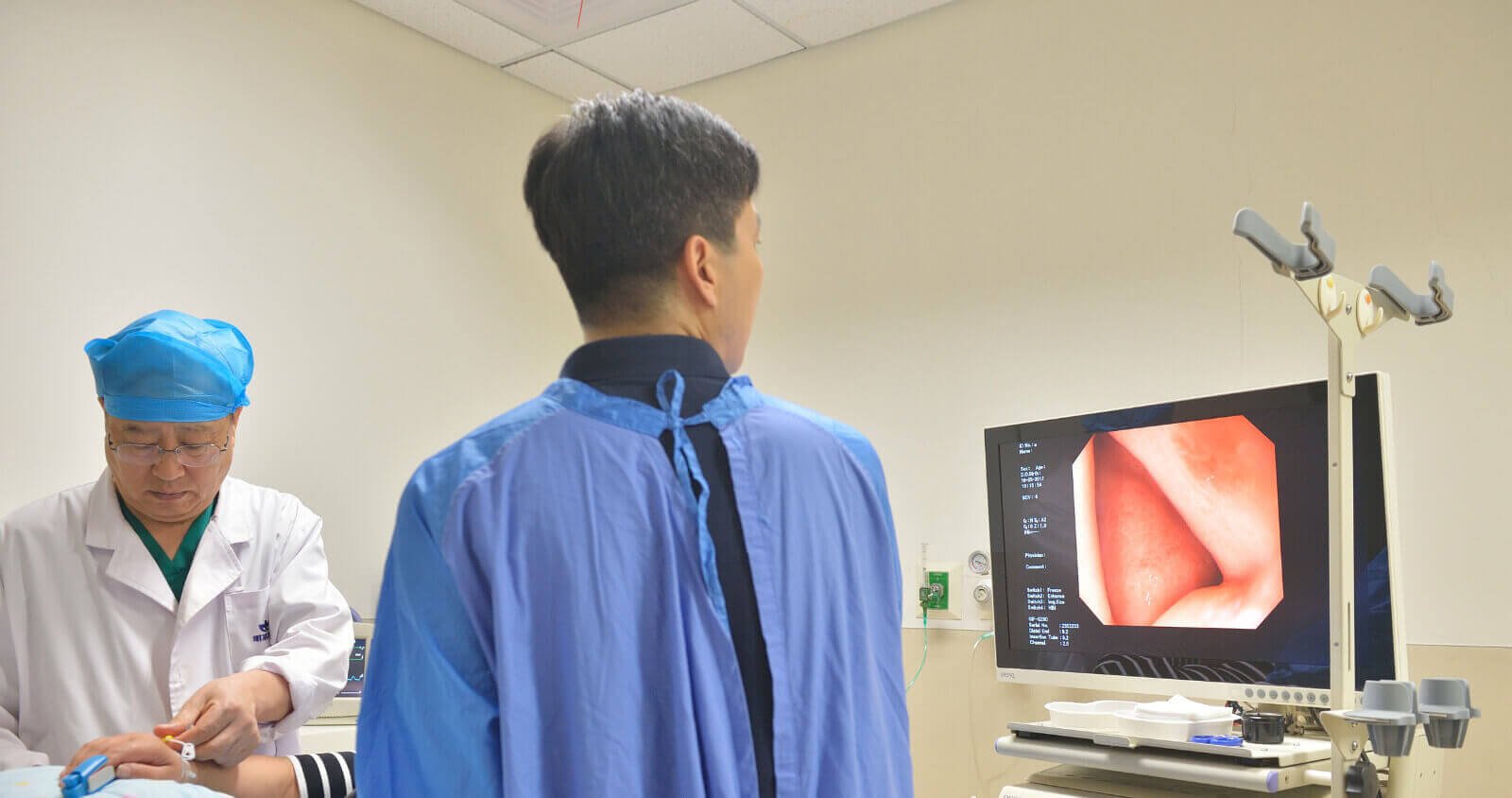The BenQ Medical Center in Suzhou Chooses BenQ’s Surgical Monitor to Improve Visualization in Clinical Endoscopy
- BenQ
- 2017-07-27


As the Chinese government and public increasingly emphasize health screening, the demand for medical displays is expected to rise in the future. This means that the medical displays will need to offer stable and accurate image quality and guarantee long-term performance.
BenQ’s Surgical Monitors have a wide color gamut that offers the most faithful color reproduction. They utilize signal processing chips to optimize signals, ensuring high quality real-time images without lag or ghosting on their 26-inch, 16:9 screens. They are also designed to support a full range of modality systems and input sources and feature versatile installation options that comply with medical standards.
The BenQ Surgical Monitor is built for excellent color reproduction to meet surgeons’ exacting requirements for image quality. The wide viewing angles also deliver a comfortable viewing experience. Both features are essential for intestinal endoscopic examinations and surgeries, making the display ideal for pairing with endoscopic systems and other operating room equipment.
Year of Completion
2016
Country/Region
China/Suzhou
BenQ Solution Used
- SE26101 Full HD Medical Endoscopy & Surgical Monitor
Segment
Medicine
Project
Update of medical monitors for endoscopic imaging at BenQ Medical Center in Suzhou, China
According to the latest edition of the World Cancer Report, China records an estimated 3.5 million new cancer cases annually, the highest in the world, with intestinal cancer being among the top five every year due to its easily ignorable symptoms. Therefore, intestinal endoscopy has become an important medical procedure for detecting cancer early so that treatment can begin before it’s too late.
“A key criterion for medical displays is their ability to reproduce color accurately, especially the color red. The more accurately the red hues are reproduced, the easier it is to identify diseased tissues,” said Dr. Wp. Zhang (張偉平), the director of the Division of Gastroenterology at BenQ Medical Center in Suzhou, who has many years of experience with intestinal endoscopic examinations and surgeries.

By offering excellent greyscale and color range, BenQ’s Surgical Monitors deliver outstanding color accuracy and contrast. Choosing the right medical monitor is very important, Dr. Zhang further stated. Most hospitals in China are currently using Olympus intestinal examination and endoscopy systems. With signal processing chips designed to optimize signals, BenQ’s Surgical Monitors can prevent incompatibility issues between monitors and endoscopes, thus ensuring that images captured by different systems are rendered without lag, ghosting, or other visual artifacts.
“Sometimes there are twenty exams in a morning. A larger screen can greatly reduce the strain on my eyes,” said Dr. Zhang. As a surgeon who stares at monitors for long periods of time, he has found it more convenient and visually comfortable to use BenQ’s Surgical Monitors. He appreciates the 26-inch screen, which is larger than those offered by competitors, as well as the 16:9 aspect ratio and the IPS technology that enhances image quality and provides a wide viewing angle.

As China’s people become more health aware, the government has mandated regular health exams for civil servants older than 40 years old. The demand for professional medical monitors in all divisions will surely increase. BenQ’s Surgical Monitors conform to surgeons’ exacting requirements for image quality and medical-related standards. They also support a full range of modality systems and input sources and feature versatile installation options, making them an ideal match for endoscopic imaging systems and other operating room equipment.

- Greater grayscale and color range help differentiate subtle distinctions in hue
- Precision-controlled luminance reveals the tiniest details
- Advanced detail processing ensures accurate, real-time images
- 16:9 aspect ratio and wide viewing angle maximize eye comfort
- Versatile input/output support facilitates easy system integration